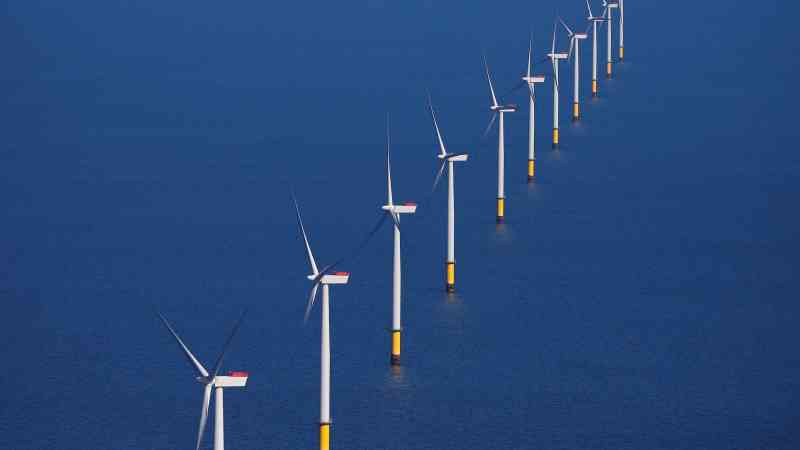New wind farms threaten £2.5bn ‘constraints’ bill for consumers
Consumers face paying up to £2.5 billion a year to switch off new wind farms and other power plants because transmission cables will not be built quickly enough to carry the electricity they generate.
National Grid’s control room, which is responsible for keeping the lights on, pays power plant owners to “constrain” output when the network does not have enough capacity to transmit their electricity to where it is needed. It also pays for power plants elsewhere in the network to fire up and replace the generation that has been constrained.
These “constraint costs” amount to about £500 million a year, but new estimates from National Grid’s Electricity System Operator forecast that they will at least double and could increase five-fold to £2.5 billion within five years.
“This is a result of the rapidly changing generation mix, with significant quantities of new renewable generation connecting, and the fact that the timescales required to make the large transmission investments to increase network capacity to fully accommodate all of this new generation can be much longer,” it said.
The costs will be levied on household energy bills and could equate to each paying as much as £30 a year, industry estimates suggest. Britain is pursuing a rapid expansion of wind power to hit climate goals. The government aims to quadruple offshore wind capacity this decade.
Julian Leslie, head of networks at the National Grid ESO, said that the forecast increase in constraint costs would be driven primarily by new onshore and offshore wind farms in Scotland.
Overworked power lines can overheat, causing equipment failures or the cables to sag. Leslie said that “the big investments that we’re really waiting for” were new cables due to be built between 2027 and 2029 that would transmit the new wind power from Scotland to consumers in England. They are due to be built by National Grid, SSE and Scottish Power, Britain’s power transmission operators.
“The challenge here is that government ambition [for renewables] is getting stronger and tighter, year after year, but it takes ten to twelve years to build a transmission asset,” Leslie said.
He said that the National Grid ESO had asked whether the construction timeline could be accelerated, but added that there was “no option to bring it forward because of the planning and consenting process”.
Leslie said that building the new wind farms was still a net benefit as they would have to be constrained on only the windiest of days. He said that wind farms would reduce wholesale energy prices and that this should outweigh the rising constraint costs.
Paying some constraint costs always would be part of operating a cost-efficient network because it would not make sense to build cables that could carry all the electricity from wind farms for the “small percentage of the time where they are all generating the maximum output”, Leslie said.




Post Comment